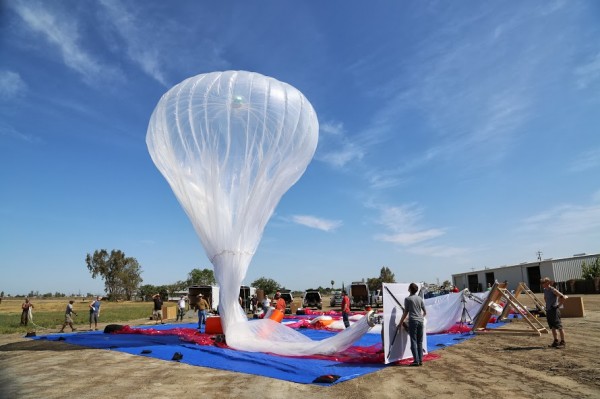Google Loon
Google's latest innovation comes in the form of hot air balloons, beaming wireless internet into remote areas...

Google's always been known for their crazy ideas and out-of the-box thinking, but this time they may have outdone themselves. Introducing Google Loon: Google’s experiment with connectivity, introducing broadband connectivity to remote or disaster areas via the use of hot air balloons or blimps (affectionately called "blimp bands").
The balloons are made of polyethylene plastic, are about 15 metres in diameter and are powered via solar panels. The balloons will float at 20km above the surface of the earth and will float along with the winds. Each balloon has a transceiver to communicate with nearby balloons and with a regional ground station and a specialised antenna Google developed to receive the signal.
Here's how the Loonproject works (in brief, simple English): each balloon is connected to the other via a radio transceiver to ensure signal reliability. A second transceiver that keeps it grounded to a network station on the ground and beams an internet signal to special antennas. For more info, check out the video below:
So far, only 30 test balloons were used at launch, but google expects to launch more should the project prove to be a success. If it goes through, Google Loon is expected to provide mobile data connectivity equivalent (or greater than) today's 3G speed. Looks like Google's has a winning project on their hands once again.
- Previous Article I Got Banged!
- Next Article Morsi Shouldn't Check Twitter
























